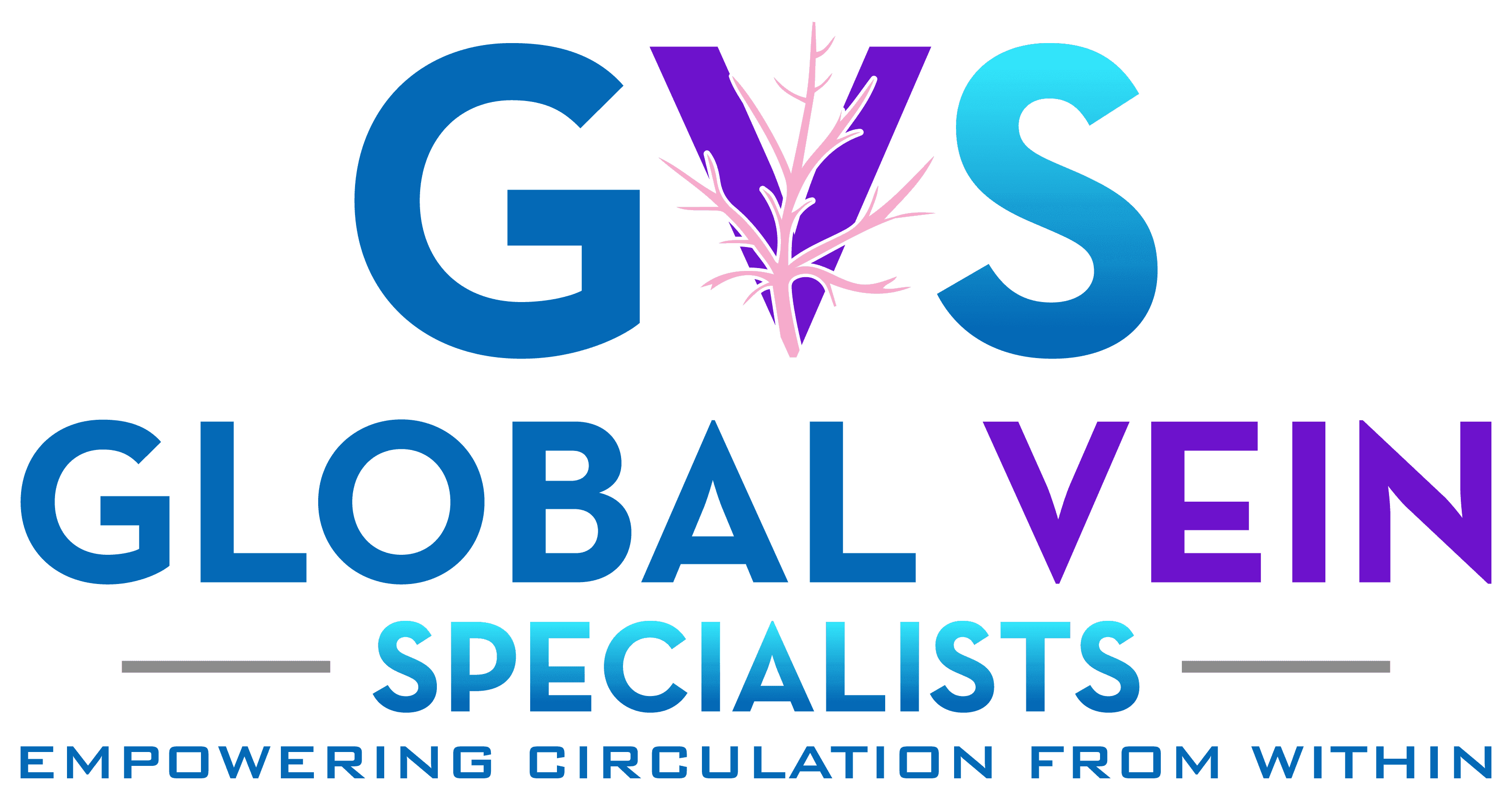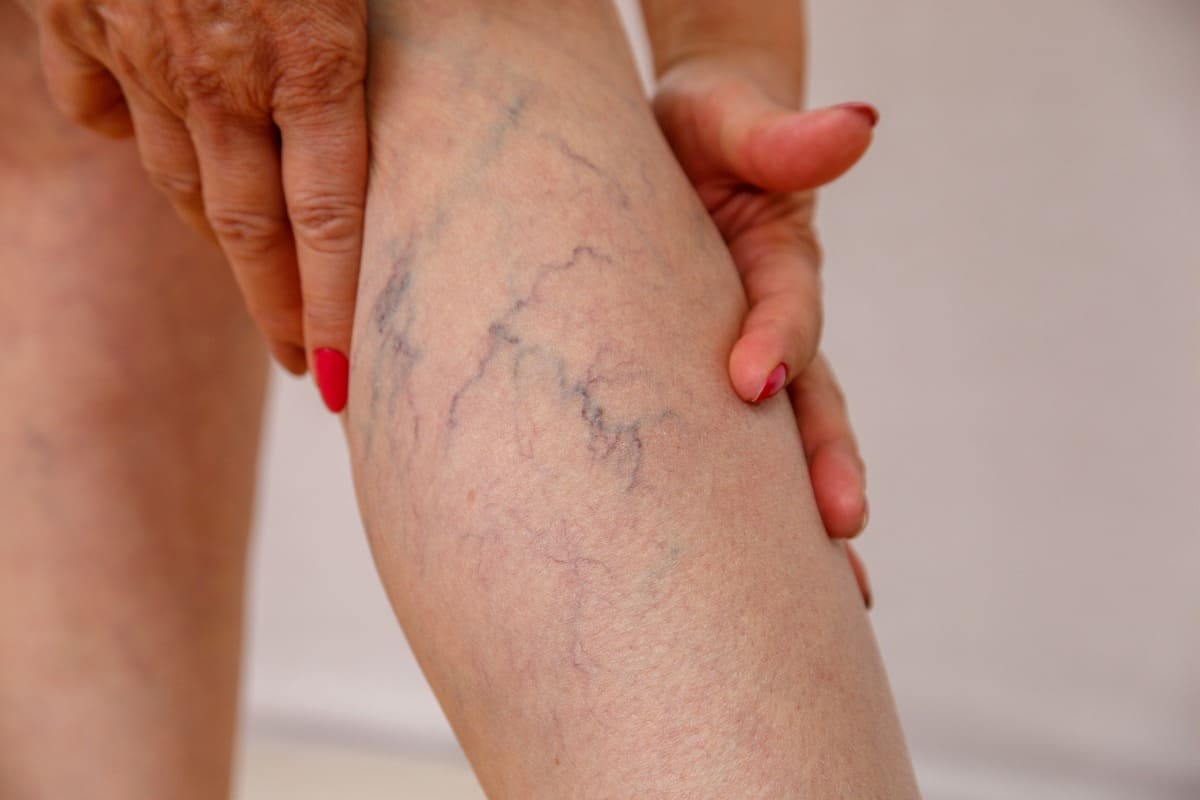Spider veins, also known as telangiectasia or thread veins, are small, dilated blood vessels that appear close to the surface of the skin. They often appear as thin, red, blue, or purple lines or webs, resembling spider webs or tree branches. While spider veins are usually harmless and do not cause any symptoms, some individuals may seek treatment for cosmetic reasons or if they experience discomfort such as itching or burning sensations.
Causes:
1 – Heredity: Spider veins often run in families, suggesting a genetic predisposition.
2 – Age: The risk of developing spider veins increases with age, as the valves in the veins weaken over time.
3 – Hormonal Changes: Hormonal fluctuations during pregnancy, puberty, or menopause can contribute to the development of spider veins.
4 – Prolonged Standing or Sitting: Jobs or activities that involve long periods of standing or sitting may increase the risk of developing spider veins.
5 – Obesity: Excess weight can put pressure on the veins, leading to the development of spider veins.
6 – Sun Exposure: Prolonged exposure to ultraviolet (UV) radiation from the sun can damage the skin and blood vessels, increasing the risk of spider veins.
Treatment Options:
1 – Sclerotherapy: This is the most common treatment for spider veins. A solution is injected directly into the affected veins, causing them to collapse and eventually fade from view.
2 – Laser Therapy: Laser treatment uses focused light energy to target and heat the spider veins, causing them to collapse and gradually disappear.
3 – Intense Pulsed Light (IPL) Therapy: IPL therapy delivers pulses of broad-spectrum light to the skin, which selectively targets and destroys the blood vessels, leading to their gradual disappearance.
4 – Radiofrequency Ablation: This minimally invasive procedure uses radiofrequency energy to heat and seal off the affected veins, causing them to collapse and be reabsorbed by the body.
5 – Compression Stockings: Wearing compression stockings can help improve blood flow and reduce the appearance of spider veins, especially when standing or sitting for long periods.
6 – Lifestyle Changes: Maintaining a healthy weight, avoiding prolonged periods of standing or sitting, and protecting the skin from sun exposure can help prevent the development of spider veins.
It’s essential to consult with a dermatologist or vascular specialist to determine the most appropriate treatment option based on individual factors such as the severity of the spider veins, overall health, and personal preferences.









